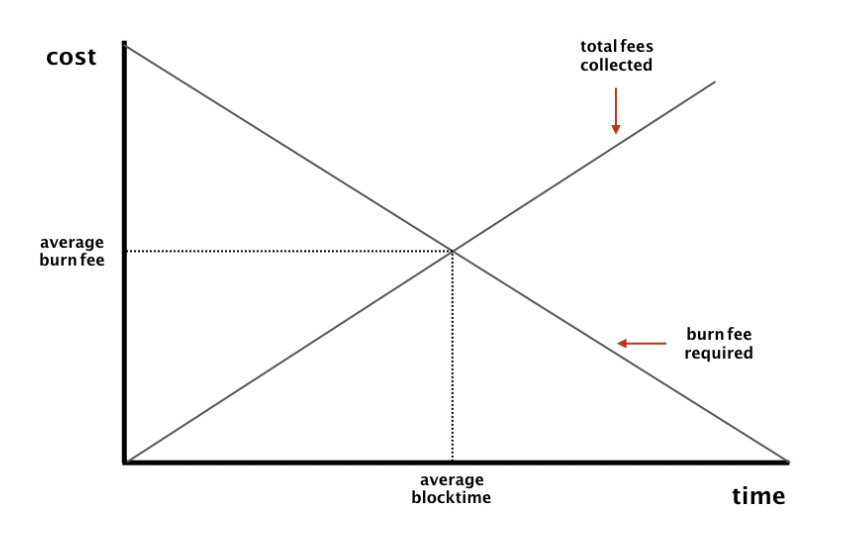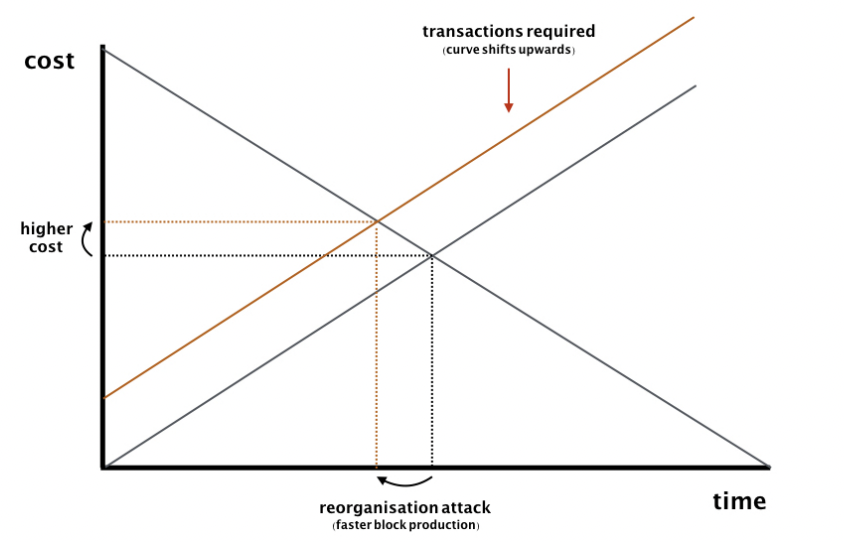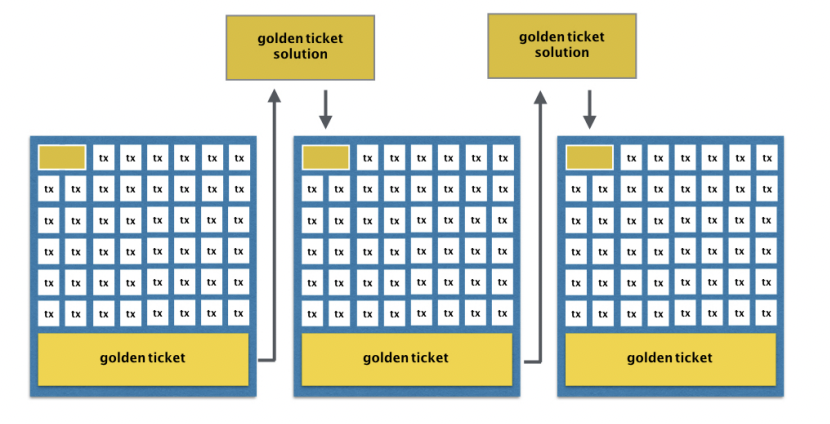This time round, we deep dived into Saito Network, a novel L1 that fixes the root cause of major blockchain problems by reshaping the economic incentive structure.
Intro to Saito
Created by a team of developers led by David Lancashire, Saito Network is a layer 1 blockchain protocol designed to address some of the security and scalability issues faced by traditional blockchain networks.
One of the key features of the Saito Network is its unique consensus mechanism, Proof of Transaction, which is based on a “Proof-of-Work” system that incentivizes nodes to route traffic for the network. This allows the network to achieve high levels of security without the need for expensive hardware and electricity consumption to handle high transaction volumes without sacrificing security, Saito team implemented a novel approach to network architecture, where transactions are propagated in a peer-to-peer fashion, rather than relying on centralized nodes or mining pools.
Saito’s Novel Consensus Mechanism:
The Saito Network uses a unique consensus mechanism called Proof-of-Transaction (PoT) that combines elements of traditional Proof-of-Work (PoW) and Proof-of-Stake (PoS) mechanisms.
In Proof of Work, nodes compete to solve complex cryptographic puzzles in order to validate transactions and add new blocks to the blockchain. However, this can be very resource-intensive and can lead to centralization of mining power in the hands of a few large mining pools.
In Proof of Stake, nodes are chosen to validate transactions based on the amount of stake they hold in the network. This can be more energy-efficient and can help to prevent centralization, but it can also lead to a small number of nodes controlling the network.
The Proof of Transaction mechanism, Saito Network seeks to address these issues by incentivizing nodes to route traffic for the network. Nodes that route more traffic are more likely to be selected to validate transactions, but they must also solve a small PoW puzzle to do so. This ensures that nodes are distributed across the network and that no single node can control the network.The Proof of Transaction mechanism also allows for dynamic adjustment of the mining difficulty, based on the amount of traffic being routed through the network. This ensures that the network can handle high transaction volumes without sacrificing security or decentralization.
But why is PoT is better than PoS and PoW?
Current Issues
The main limitation behind blockchain network growth boils down to the cost of it. What some of the original networks assumed in their implementation was that as long as the users were earning as a result of their participation, they would financially contribute to the network growth. This, unfortunately, is not always the case. As a result, there occurs the phenomenons of tragedy-of-the-commons and free-riders, both of which impact the system in larger scales if not addressed.
- In the context of blockchain systems, tragedy-of-the-commons issue that arises when multiple participants use the network to store and process data without considering the impact on its overall capacity. As the blockchain grows in size due to an increasing number of transactions and data, it leads to blockchain bloat. This phenomenon is exacerbated by the fact that each participant desires to include as much data as possible in the blockchain to maximize their own benefits. Over time, as the blockchain continues to expand, the associated costs of storing and transmitting data, such as bandwidth and storage costs, also increase. This creates a challenging situation where the capacity of the blockchain is overwhelmed by the growing volume of data, making it inefficient and less viable as a reliable infrastructure.
- In addition to the tragedy-of-the-commons problem, there is a free-rider issue within the network infrastructure. User-facing components, such as nodes and other infrastructure elements that facilitate user interactions with the blockchain, face a lack of adequate provision. This occurs because participants have a limited incentive to invest in and maintain such infrastructure themselves, as they can benefit from the contributions of others without incurring the associated costs.
- Conversely, activities like mining and staking, which require participants to dedicate resources and provide certain services to the blockchain network, tend to be over-provisioned. Since these activities offer financial incentives, participants are more inclined to engage in them, leading to an excess allocation of resources towards mining and staking activities compared to the actual needs of the user-facing infrastructure.
While these problems may not be severely problematic in smaller-scale scenarios, they become increasingly detrimental as the costs of bandwidth and storage rise. The growing incapacitation resulting from blockchain bloat and the under-provision of user-facing network infrastructure can hinder the efficiency and stability of the blockchain system, ultimately posing risks to its sustainability and functionality.
Saito’s Solution
Saito Network addresses these issues on an incentive level by separating payments for transaction routing, block creation, and mining, effectively mitigating the associated challenges. In the Saito network, nodes are not motivated to hold onto transactions because they receive payment for routing them, regardless of which block ultimately includes the transaction. This eliminates the incentive for nodes to prioritize their own transactions over others and encourages efficient routing of transactions throughout the network.
Similarly, Saito avoids the formation of dense mining clusters by removing incentives for nodes to engage in such behavior. In the Saito network, the likelihood of producing the next block is not determined by being part of a cluster that recently produced a block. This prevents the concentration of mining power and ensures a more decentralized distribution of block creation.Moreover, when the network experiences scarcity in terms of bandwidth, mining resources, or transaction sourcing, Saito employs a dynamic allocation of funds. This allocation process does not rely on discrimination or collusion by specific actors. Instead, it allows the network to allocate additional funds to address the scarcity, adapting and optimizing its behavior without favoring any particular participant or group.
These mechanisms for delegating certain tasks in block production resembles the Proposer-builder separation planned in Ethereum’s roadmap. By reconfiguring the economic incentives, both of these initiatives addresses the possible centralization of operation power in order to maximize MEV. It is important to note, however, that Saito Network inherently implements this as a result of their routing rewards.
Analysis of Saito’s Solution
In the Saito network, any node has the ability to create a block at any given time, as long as it possesses a sufficient amount of “routing work” stored in its mempool. The quantity of “routing work” necessary to generate a block is influenced by the timing between the current block and its predecessor. Consensus rules dictate that the value of “routing work” increases immediately after a block is discovered, and then gradually decreases until it eventually reaches zero.
This design ensures that block producers will release blocks as soon as it becomes profitable for them to do so. The pace of block production is determined by the collective volume of “routing work” generated by the entire network.

Routing work is derived from the transaction fee included in each transaction. This utilization of work derived from transaction fees serves as a mechanism to make attacking the network economically costly, as any claims about time require financial expenditure. By employing this approach, it becomes evident, as illustrated in Figure 2, that attackers cannot generate blocks at a faster rate than the main chain unless they possess a larger pool of transaction fees at their disposal.

To ensure the security of this mechanism, Saito incorporates cryptographic signatures from routing nodes as transactions propagate throughout the network. According to their consensus rules, the amount of “routing work” provided by a transaction diminishes as the number of hops in its routing path increases. Furthermore, transactions do not contribute any usable routing work to nodes that are not part of their routing path. The work required to produce blocks in Saito is based on the efficient accumulation and sharing of inbound network fees.
When there is no payment involved for block production, this system offers security comparable to other traditional networks. The cost of an attack can always be measured, and attackers must utilize their own resources to carry out an attack on the chain. This enables users to wait for a sufficient number of confirmations that meet their specific security requirements. As an added benefit, the network can adjust the amount of “routing work” necessary for block production to maintain a constant block time as transaction volume increases. This ensures that the security of the network scales in proportion to the volume of transaction fees.
Another concern that Saito’s solution addresses is the possiblity of inflation through a mechanism called “Golden Ticket System”. In Saito, when a node produces a block, it can collect the difference between the included “routing work” and the required work for block production. No other payments are made. To unlock these payments, the network must solve a puzzle called the “golden ticket” by hashing the block. If a solution is found, the unallocated fees are released to the network and divided between the miner and a randomly chosen routing node. The payment division, known as the “paysplit,” is set to 0.5 by default (half to miners, half to routers) but can be adjusted. Honest miners who generate blocks using valid transactions are responsible for covering any outstanding payment differences.

It is essential to note that Saito empowers users to express the worth of services through fee-pricing, while the network autonomously identifies deserving recipients of payment. It also incentivizes the efficient provision of value to users. By basing compensation on the actual value delivered, rather than specific network activities, Saito guarantees the sustainability and economic independence of an open network as it expands in size and scope.
Overview of Saito’s Stack
💡 Fee Market Design:
Saito Network’s fee market is based on an auction system where users bid for transaction processing space. The fee market is designed to ensure that the network can handle a high volume of transactions without becoming congested. Users are incentivized to bid higher fees to ensure their transactions are processed quickly, creating a self-regulating mechanism for network usage. The fee market also ensures that users who are willing to pay higher fees get priority access to the network’s resources.
💡Off-Chain Scaling Solutions:
Saito Network enables developers to create decentralized applications that use off-chain storage and computation. This is intended to reduce the strain on the blockchain, enabling it to handle more transactions and improving the network’s scalability. Saito Network’s SDK provides developers with the tools they need to create custom off-chain solutions that meet their specific needs. The SDK is designed to be easy to use and flexible, enabling developers to integrate their off-chain solutions seamlessly with the network.
💡 Rust Programming Language:
Saito Network is built using the Rust programming language, which is known for its speed, memory safety, and thread safety. Rust is designed to be highly concurrent, which is important for a network that processes a large number of transactions. Rust’s memory safety and thread safety features also help to prevent common programming errors that can lead to security vulnerabilities. Rust’s unique ownership system enables efficient memory management and reduces the risk of memory leaks.
💡 Open Source:
Saito Network is an open-source project, which means that the code is freely available for anyone to use, modify, and distribute. The open-source nature of the project fosters a community-driven development approach and encourages innovation and collaboration among developers. It also ensures that the network remains transparent and accountable to its users. Saito Network’s open-source code is regularly audited by independent security experts to ensure that it is secure and free of vulnerabilities. The project is governed by a decentralized community of stakeholders who are committed to maintaining the network’s integrity and improving its functionality.
💡 Wallet:
Saito Network has a built-in wallet that allows users to store and manage their cryptocurrency holdings. The wallet supports several cryptocurrencies, including Bitcoin, Ethereum, and Saito. The wallet is secure and easy to use, with features such as two-factor authentication and multi-sig support to ensure the safety of users’ funds.
💡 Block Explorer:
Saito Network has a block explorer that allows users to view the details of transactions on the network. The block explorer provides real-time information on transaction confirmations, fees, and block height. The block explorer is user-friendly and easy to navigate, making it accessible to users with different levels of technical expertise.
⏰ Most recently
Saito Development has been focusing on refining and improving their peer-to-peer blockchain application platform. Recent development work has resulted in a trimmer and tighter set of functions, including improvements to cross-module UI elements and base-level features like compressed transactions for faster applications. The team is now working on simplifying and improving the user-facing experience by adding a Web3 login feature, improving identifier management, and refreshing the sidebar menu and wallet. They are also working on improving the stability and usability of peer-to-peer video calls. Ongoing work includes replacing consensus code with a faster implementation, improving gaming leaderboards and UI/UX, and adding support for on-chain vintage game and ROM management. The team is regularly posting updates and interacting with community members in Saito RedSquare.

